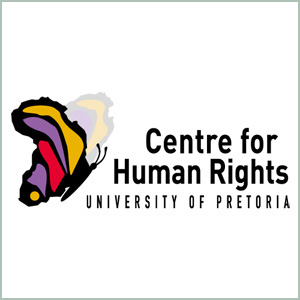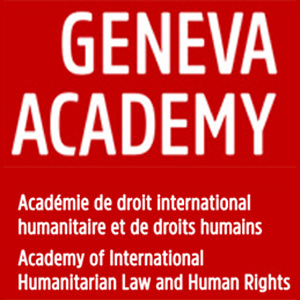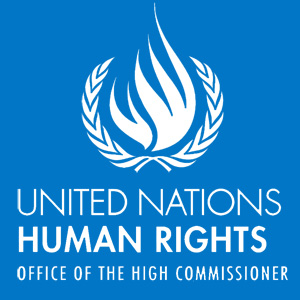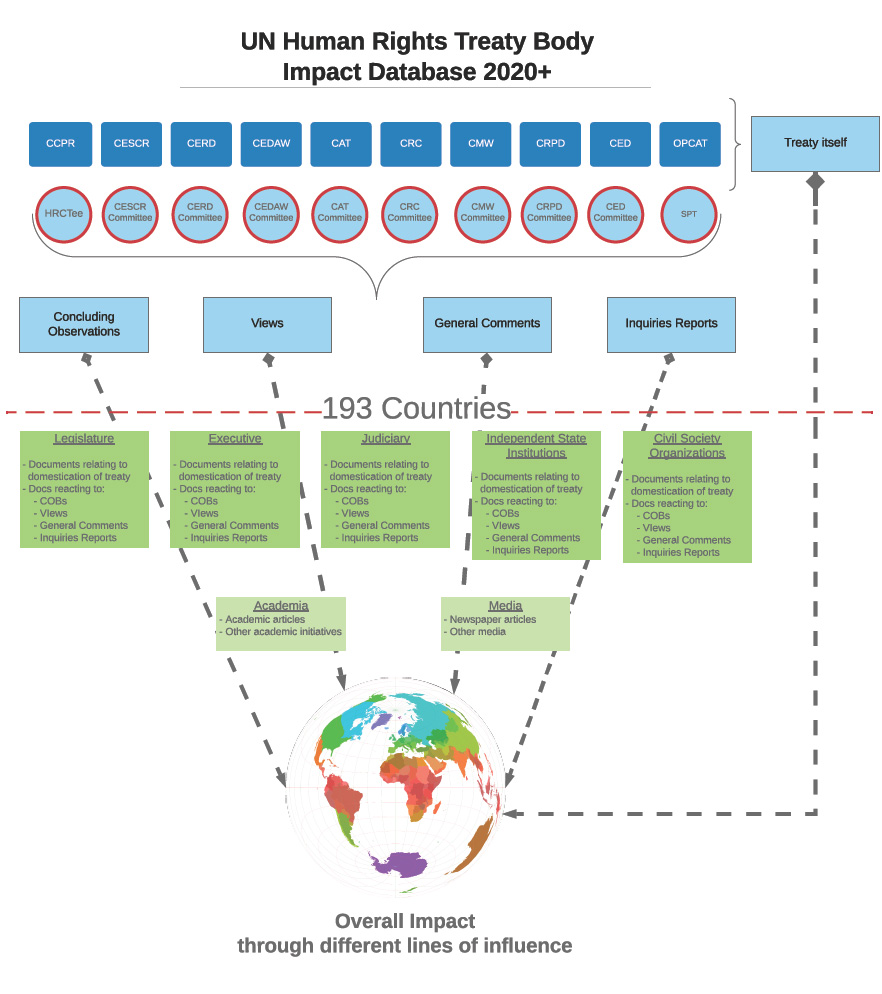Short overview
The United Nations human rights treaty system is a critical part of the human rights project, and plays a central role in ensuring that the human rights of people worldwide are protected. The establishment of the system is a major achievement. Yet while there is significant anecdotal evidence that the treaty system (the treaties as well as the work of the treaty monitoring bodies) has made a real difference on the ground over the last seven decades, it is equally obvious that it has many times been ineffective and that there is significant room for improvement. However, the tools needed to get the full picture to understand the drivers and the impediments of impact simply do not exist.
More so than most of the other areas of international law, the treaty system depends for its eventual impact on what happens on the domestic level. Yet global attention has almost exclusively been on the working of the system in Geneva. Very little systematic and comprehensive information is available about what happens on the ground, worldwide, and over time. Because success stories are not shared, confidence in the system is not built, and because failures are not analysed, valuable lessons for the future are not learned.
What strategies should those who seek the protection of the treaty system follow to make sure it works for them? What changes should be made by the custodians of the system - the UN and states - to improve its performance? Without reliable information on the basis of which such questions can be answered, there is little chance that the system will come closer to reaching its potential.
This project will develop a tool that will fill this gap. An online database and search engine, the 'impact database 2020+', will be set up, and kept up to date, containing the documentation that reflects the impact of the treaties system in all countries in the world. It will provide a basis for research over the years to come on how to ensure that the system is used as well as possible and is functioning optimally. Domestic laws, judicial decisions and other documents showing where the system made a difference in all UN member states will be accessible and searchable on the database.
The aim is to enable researchers from all disciplines and parts of the world to engage with the question how to optimise the functioning of the system, and to capacitate the global research community to bring its insights to bear on the question how ensure that the system can make human rights protection a reality.
The project leaders are Christof Heyns, Frans Viljoen and Rachel Murray. They will work in collaboration with the United Nations Office of the High Commissioner for Human Rights, as well as leading NGOs, top universities and researchers globally. They will use an algorithm developed to 'mine' the data already available in the UN system, while post graduate students and other researchers will gather documentation available in the countries concerned.
This project builds on research done by the study leaders over the last two decades, which culminated in the publication of the book The impact of the United Nations human rights treaties on the domestic level in 2001. An update of the book is scheduled for publication in 2021, again covering the impact of the treaty system in 20 countries worldwide. These two books provide baselines - two decades apart - against which future developments can be measured.
This earlier work will now be expanded through the new database and search engine, which will cover all the countries in the world on an ongoing basis. It is intended to be the first stop for those who want to understand and improve the impact that the treaty system makes in protecting human rights.
Background to the impact study
The United Nations human rights treaty system is the backbone of the international human rights project, which in turn constitutes the normative foundation of the global order. The system gives guidance to the other parts of the UN and regional organisations, and on the domestic level to states and civil society, on what human rights are.
The treaty system (now consisting of ten treaties, each monitored by a treaty body) has evolved over the last seven decades into an institution of large proportions and influence. Extensive financial and human resources underpin the functioning of the treaty system worldwide. States are legally bound to comply with the treaties. Yet it is by no means clear that the system is functioning optimally.
More than most of the other parts of international law, the human rights system depends for its eventual impact on what happens in the countries concerned. Yet, while the way in which the treaty bodies operate in Geneva has been the object of much attention, very little systematic and comprehensive work has been done on how it operates within states. While it is widely recognised that the treaty system has generally made a huge difference in the post-second world war world, little is known about the details of such impact, and why it sometimes works and others not. Because the information needed to get a comprehensive grip on the successes and failures of the system is not available, the applicable lessons for the future cannot be learned. Moreover, a more positive narrative about the system cannot be developed.
How should the right-holders go about it to make sure the system works better for them? And what can the custodians of the system - the UN and states - do to improve the difference that it makes?
While a number of useful studies have been done on a limited scale to answer these questions, they have barely scratched the surface. A comprehensive conceptual tool is needed, one that can be used to understand and to measure the impact of the system as a whole over time and space, and which can inform the way in which it is used and adjusted in the future.
Two books on the impact of the treaty system
The most comprehensive study yet into the impact of the treaty system on the ground was undertaken by Christof Heyns and Frans Viljoen, of the University of Pretoria. Two decades ago, at the request of the then High Commissioner for Human Rights, Mary Robison, Heyns and Viljoen worked with researchers based in 20 countries worldwide to track the impact of the treaty system (consisting of only six treaties at the time) in those countries, and made recommendations to strengthen it. The results of the research were published in 2001 as Heyns and Viljoen The impact of the United Nations human rights treaty system on the domestic level (Kluwer), and in journal articles. It covers for example the evidence available about the impact of the treaty system in the different countries on the constitution-writing processes; on white papers for bills and laws; is it cited of quoted in judicial processes and court decisions; any available evidence that the views or concluding observations of the treaty bodies have been implemented, etc.
Now, twenty years later, Heyns and Viljoen are working with Rachel Murry, an expert on the treaty system from Bristol University in the UK, to publish and updated version of the book. The new book will cover the same 20 countries, again on the basis of on ground work done by researchers based in those countries. The second edition of the book is scheduled to be published early in 2021.
While this is an important further step forward, the book covers only 10 % of the UN member states, and, given the pace of developments in the system, it will soon be outdated.
Establishing 'impact database 2020 +' online, covering primary documentation, and conducting research
As the work on the second edition of the book is coming to a close, the leaders of the earlier study are expanding the earlier study into a much more far-reaching project: They are establishing an online database, 'impact database 2020+', coupled with a search engine, which will contain the primary documents showing the impact of each aspect of the treaty system in all 193 UN member states, which will be kept up to date. The database will be established in collaboration with the Office of the UN High Commissioner for Human Rights , as well as leading NGOs, universities and researchers worldwide. The process to establish the database has started, and it is foreseen that it will be online during the second half of 2020.
The database will essentially consist of documentation showing impact that has been collected on the local level in each country, linked to the information already available in the UN system. The country-level documentation will include documents showing impact produced by the legislature (white papers, laws etc referring to the treaties and output of the treaty bodies); judicial decisions showing similar impact, and policy and other decisions of the executive, as well as publications in the country by academics and civil society.
It will become possible, on an ongoing basis, to answer specific questions concerning the performance of the system by using the database as a resource. Such research could for example be focussed on establishing what are the strong and the weak points of the system as seen from a particular perspective, such as that of women’s or LGBTI rights; or in respect of a particular right, such as the right to education. Which treaties and procedures have had the most impact in these fields? What do we know about the interface of the system with corruption, or the environment, etc.? Is it possible to pinpoint the national conditions most conducive to the system making a difference, by comparing its impact in different countries? What can be done to improve the impact of the system? What strategies should NGOs follow to pursue their agendas? How should the system in Geneva be amended?
In developing impact database 2020+ and the broader project, Professors Heyns, Viljoen and Murray will again be the primary researchers.
Collecting the documents that will be placed on impact database 2020+
There are two main sources of the primary documentation that will be placed on the database.
In the first place, country researchers will be collecting ‘country documentation’: the documents generated in each country on the impact of the system in those countries, which is not already part of the UN database.
These researchers will mostly be post-graduate students (e.g. members of clinical groups at the participating universities) with personal knowledge of the country concerned, for example because it is their home country. Clinical groups at leading universities such as Harvard, the Geneva Academy, Bristol, and others have already started to participate by collecting such information.
In the second place, there is the ‘UN documentation’: the documentation available in the UN system that shows impact on the domestic level. This includes, for example, the documents submitted to the various treaty bodies as part of the reporting process, by state parties, NGOs and others; concluding observations by treaty bodies; and the documents used in the follow up processes of the various treaty bodies.
The ‘UN documentation’ will be gathered electronically. The Danish Institute for Human Rights has agreed to develop a dedicated algorithm for the impact study that will mine the data available at the UN Office for the High Commissioner for Human Rights. In many cases the ‘UN documentation’ will provide the first leads needed by the researchers on the domestic level to locate the relevant ‘country documents’.
The documentation gathered from these two sources will be combined, systematised and be made available on the central website and in that way be made accessible to the public.
NGOs, researchers and members of the public will also be asked to contribute documents showing impact, also in respect of cases and issues in which they are involved or have a direct interest, as a form of ‘crowd sourcing’ which underlies websites such as Wikipedia. The research leaders will moderate all the information that comes in.
Researchers worldwide – especially those based at universities in the different countries - who wish to participate in the study are welcome to contact the research leaders.
Conclusion
Establishing and maintaining such a comprehensive collection of primary documentation on the UN human rights treaty system, covering its reach into all countries of the world, will be an ambitious research project. We are, however, confident that such a study is much needed, and that it has the potential to make a significant contribution not only to the treaty system but to the future of the human right project as a whole.
One of the most appealing aspects of the collaborative approach outlined above is the economy of scale that it offers. A common platform will be created that allows the collective capacity of researchers worldwide to be brought to bear on one of the most important questions of our time – how to ensure that the system at the heart of the human rights project endures and thrives.
Individuals and NGOs from all countries in the world will be able to use the documentation to see how the treaty system functions, and identify the circumstances when it is likely to work for them and when not. Those who run the system will be put in a position where they can adjust the system to be more effective over time.
Being able to show that treaties and the views and general comments etc. of the treaty bodies are used in domestic system courts worldwide will also over the years help to increase the status of the system and the work that is done by the treaty bodies, and contribute towards the impact of their jurisprudence internationally and on the domestic level. It will moreover serve to make the successes of the system more visible, and enhance its legitimacy.
In short, the project will bring much needed revitalisation to the system at the heart of the human rights project.



